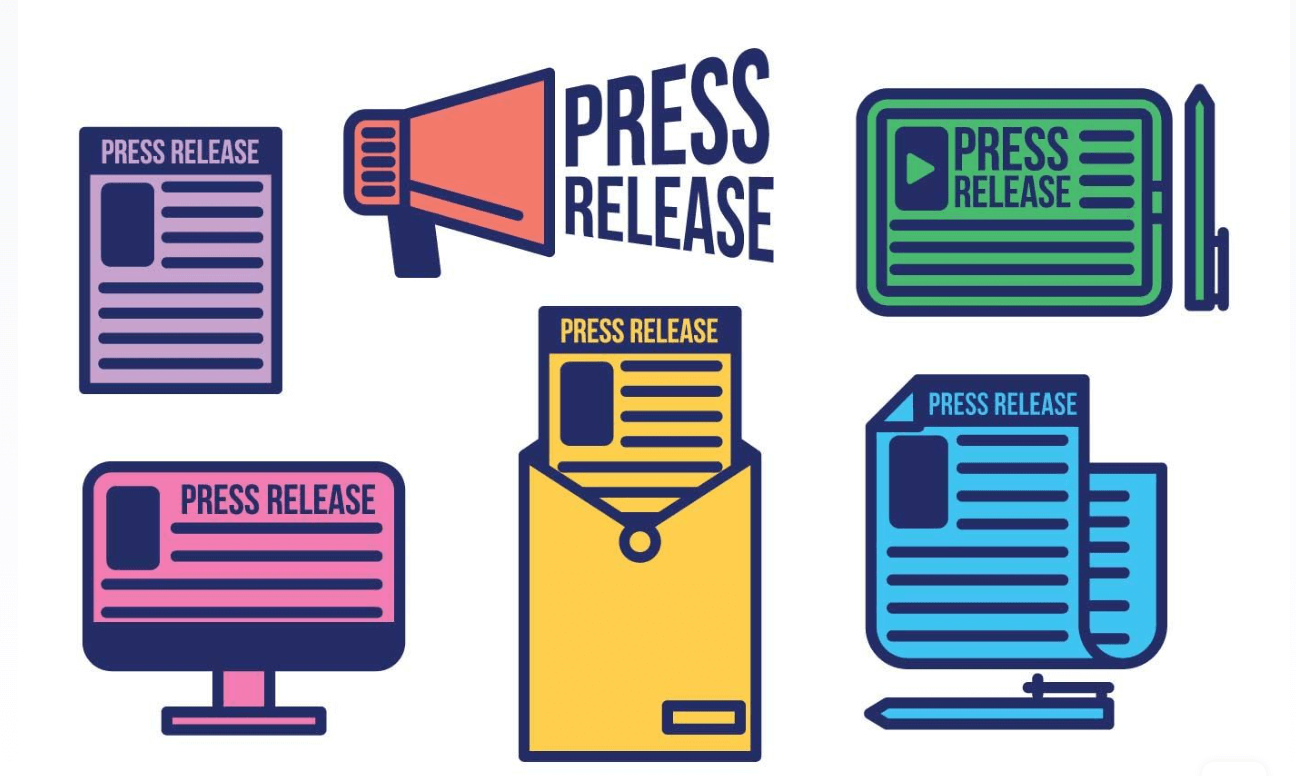When it comes to design, numbers play a more significant role than we often realize. Whether it's for a logo, tattoo, infographic, or any other visual project, choosing the right number font can make all the difference. The right font can convey style, emotion, and clarity, elevating your design to the next level. In this blog post, we’ll explore the best number fonts for various applications and provide guidance on how to select the perfect style for your needs.
Understanding Number Fonts
Number fonts, just like letter fonts, have distinct styles, weights, and characteristics. While regular fonts include all characters—letters, numbers, and punctuation—number fonts focus specifically on the design of numerical digits. These fonts can range from simple and clean to ornate and decorative, and they are an essential element in many types of design.
Why Choosing the Right Number Font Matters
Choosing the right number font is crucial because numbers often serve as focal points in a design. Whether you're working on a logo, a tattoo, an infographic, or another type of visual media, the font you choose for your numbers can impact readability, aesthetic appeal, and even the message you convey. A well-chosen number font ensures that your design communicates effectively and resonates with your audience.
Number Fonts for Logos
Logos are the visual embodiment of a brand, and number fonts in logos need to be both readable and unique. Numbers in logos are often used for brands that incorporate numerical elements in their name or identity, like “7-Eleven” or “24/7 Fitness.”
For logo design, it’s essential to choose a number font that aligns with the brand's personality. Sans-serif fonts are popular in logo design because they are clean and modern, making them versatile across different applications. Some popular number fonts for logos include Futura, Helvetica, and Gotham. These fonts are not only readable but also convey a sense of professionalism and modernity.
Number Fonts for Tattoos
Tattoos are deeply personal, and the number fonts chosen for tattoos often reflect the wearer’s style and personality. When selecting a number font for a tattoo, it’s important to consider both aesthetics and legibility, especially since tattoos are permanent.
Script and decorative fonts are popular choices for tattoos because they offer a unique and artistic style. Fonts like Old English or Blackletter can add a traditional and bold look, while more modern, handwritten styles can give a softer, more personalized feel. Always consider the tattoo's placement and size, as these factors can impact how the number font will look on the skin.
Number Fonts for Infographics
Infographics are designed to present data in a visually engaging way, and the fonts used play a key role in ensuring clarity and readability. In infographics, numbers are often used to highlight key statistics or data points, so the font chosen needs to be clear and easy to read, even at smaller sizes.
Sans-serif fonts are typically the best choice for infographics because they are straightforward and legible. Fonts like Arial, Verdana, and Roboto are excellent options for data visualization, as they maintain clarity even when numbers are used in charts, graphs, or small text.
Number Fonts for Digital and Print Media
Number fonts must be versatile enough to work across both digital and print media. In digital media, fonts need to be legible on screens of all sizes, from mobile phones to large monitors. In print, the focus is on how well the font reproduces on paper, taking into account factors like ink bleed and paper texture.
Fonts like Times New Roman and Georgia are examples of fonts that perform well in both digital and print environments. They are clear and professional, making them suitable for a wide range of applications. When choosing a number font for digital or print, consider how it will look in different formats and sizes.
Popular Number Font Styles
Choosing the right font style is essential to the success of your design. Here are some popular number font styles and their characteristics:
Serif Number Fonts: These fonts have small lines or strokes attached to the ends of the letters and numbers. Examples include Times New Roman and Baskerville. Serif fonts are often used for more traditional or formal designs.
Sans-serif Number Fonts: Sans-serif fonts do not have the small lines at the ends of characters. They are clean, modern, and highly readable, making them ideal for a variety of applications. Popular sans-serif fonts include Arial, Helvetica, and Futura.
Script and Decorative Number Fonts: These fonts are more stylized and can add a unique flair to a design. They are often used for artistic applications like tattoos or creative branding. Examples include Brush Script and Vivaldi.
Retro and Vintage Number Fonts
Retro and vintage fonts bring a nostalgic touch to any design, evoking memories of past decades. These fonts are particularly popular in designs that aim to create a sense of timelessness or nostalgia, such as in vintage branding or retro-themed events.
Fonts like Copperplate and Courier are classic examples of vintage number fonts. They are often used in designs that require a touch of the past, whether for a retro diner logo or a vintage-style poster.
Modern and Minimalist Number Fonts
Modern and minimalist fonts are characterized by clean lines and a simple, uncluttered appearance. These fonts are ideal for contemporary designs that require a sleek and professional look. They are also perfect for brands that want to convey innovation and simplicity.
Fonts such as Avenir, Proxima Nova, and Montserrat are great examples of modern and minimalist number fonts. These fonts work well in logos, websites, and infographics where a modern aesthetic is desired.
Bold and Impactful Number Fonts
Sometimes, a design needs a font that stands out and makes a strong statement. Bold and impactful number fonts are perfect for situations where numbers need to grab attention, such as in headlines, banners, or promotional materials.
Fonts like Impact, Bebas Neue, and Anton are excellent choices for bold and impactful designs. These fonts are designed to be seen, making them perfect for applications where visibility and emphasis are key.
Elegant and Classic Number Fonts
For designs that require a touch of elegance and class, there are number fonts that exude sophistication. These fonts are often used in formal settings, such as wedding invitations, luxury branding, or upscale restaurant menus.
Garamond and Didot are examples of elegant and classic number fonts. They are refined and stylish, making them perfect for designs that aim to communicate luxury and high quality.
Choosing Number Fonts for Branding
Choosing the right number font for branding is about more than just aesthetics; it’s about creating a consistent and recognizable visual identity. The font you choose should reflect the personality and values of the brand.
When selecting a number font for branding, consider the following:
- Brand Personality: Is the brand modern or traditional? Bold or understated? The font should align with these characteristics.
- Readability: Ensure the font is legible in various sizes and formats.
- Uniqueness: Choose a font that stands out and helps create a memorable brand identity.
Combining Number Fonts with Other Design Elements
Creating a cohesive design involves more than just choosing the right font. It’s also about how you pair that font with other design elements like color, imagery, and text.
Here are some best practices for combining number fonts with other design elements:
- Contrast: Use contrasting fonts to create visual interest, but make sure they complement each other.
- Balance: Ensure the font size, weight, and style balance with other design elements.
- Consistency: Use the same number font throughout a project to create a unified look.
Final Thoughts
Choosing the right number font can elevate your design and help convey your intended message more effectively. Whether you're working on a logo, tattoo, infographic, or any other type of visual project, the right font can make all the difference. Remember to consider the style, readability, and application of the font, and don’t be afraid to experiment to find the perfect match for your design needs. With the right font, your numbers can do more than just represent data—they can enhance the overall visual impact of your project.

.jpg)
.jpg)






 English (US) ·
English (US) ·